CARING WITH FAMILY
|
| The tendency for a dog breed to display affection greatly varies and is influenced by factors such as socialization, individual temperament and the breed's general characteristics. Some breeds are known for their particular loyalty to a single person and may appear indifferent to others, maintaining a certain reserve even with familiar faces. |
LOVE WITH CHILDREN
Unwise
Good With Children
|
| A breed's tolerance for and patience with children generally depends on the historical purpose for which the breed was developed as well as the individual dog's temperament and training. Some breeds are renowned for their gentleness with children and are consequently considered quintessential family pets. These breeds typically have a patient mellow disposition and a resilient nature, which makes them more adept at handling the unpredictable behavior of children. |
BEHAVIOR WITH DOGS
Unwise
Good With Other Dogs
|
| Breed tendencies play a considerable role in how dogs interact with their canine counterparts. Some breeds have been developed to work in groups, such as many of the herding and sporting breeds, and therefore they may have an innate sociability and a predisposition for canine camaraderie. Breeds like Labrador Retrievers, Border Collies and many of the Spaniel family for instance are known for their generally friendly attitudes toward other dogs. |
SHEDDING LEVELS & MANAGEMENT
No Shedding
Hair Everywhere
|
| The amount of shedding you can expect from a dog breed varies widely and impacts grooming needs and household cleanliness. Dogs like Siberian Huskies, German Shepherds, and Alaskan Malamutes are known for their heavy shedding. With such breeds frequent brushing (daily or multiple times per week) is necessary to manage loose hair and maintain coat health while regular vacuuming and lint-rolling will be a part of your routine to minimize pet hair accumulation in your home. |
COAT GROOMING STANDARDS
|
| Consider the commitment involved in your pet's grooming regimen which involves regular bathing, brushing, coat trimming and other upkeep routines. It's important to reflect on your availability, willingness and financial resources prior to deciding on a breed keeping in mind that nail trimming is a must for all canine companions. |
DROOLING INTENSITY
Less Likely to Drool
Always Have a Towel
|
| If you're someone who takes pride in maintaining a neat and orderly environment consider the slobbering tendencies of different breeds. Those with a habit of leaving behind saliva on your arm or creating moisture stains on your clothes might not align with your neat-freak nature. |
COAT STYLES GUIDE |
| Smooth |
| COAT SPECTRUM |
| Short |
FRIENDLINESS
Reserved
Everyone Is My Best Friend
|
| Consider a dog breed's typical reaction to unfamiliar faces while some may naturally be wary or standoffish with strangers no matter the setting, others exude warmth and excitement at the opportunity to greet a new person anytime anywhere. |
LIVELINESS
Only When You Want To Play
Non-Stop
|
| Reflect on how lively a breed remains with age when it comes to playtime. Many retain their love for energetic games such as fetch throughout their lives, whereas some dogs are just as pleased to spend most of their days resting by your side. |
VIGILANCE INTENSITY
What's Mine Is Yours
Vigilant
|
| Think about a dog breed's propensity to act as your personal alert system to strangers. They're likely to signal any unusual activity whether that's a person at the door or wildlife outside. Yet, they can be quite receptive to new faces once they see their family is comfortable with the visitors. |
ADAPTATION CAPACITY
Lives For Routine
Highly Adaptable
|
| Assess the ease with which a breed accommodates to changes -- whether it's a switch in habitat, encounter with fluctuating noise levels, changes in weather, alterations in daily itineraries or other daily life shifts. |
OBEDIENCE LEVEL
Self-Willed
Eager to Please
|
| Assess the trainability of your dog and their willingness to be taught new concepts. Certain breeds are naturally inclined to work for their owner's pride while others bear a more self-sufficient disposition, acting spontaneously and independently. |
STAMINA LEVEL
|
| Consider the level of physical activity and cognitive challenge a breed demands. Energetic dogs have an insatiable appetite for action and adventure, staying active with various exploits. Conversely, breeds with lower energy levels prefer the laid-back lifestyle often found lounging and napping peacefully. |
VOCALIZATION
|
| Frequent |
LEARNING CURIOSITY LEVEL
Happy to Lounge
Needs a Job or Activity
|
| Gauge the requirement for mental engagement essential to a breed's wellbeing. Dogs bred for specific roles often need tasks that challenge their intellect instill focus, and encourage problem-solving. Without adequate mental workouts, these intelligent canines are liable to devise their own missions which may not align with your own household agenda. |
| COLORS |
|
Description
|
Registration Code
|
|
Brindle
|
057
|
|
Black
|
007
|
|
| PATTERNS |
|
Description
|
Registration Code
|
|
Brindle Trim
|
074
|
|
White Markings
|
014
|
|



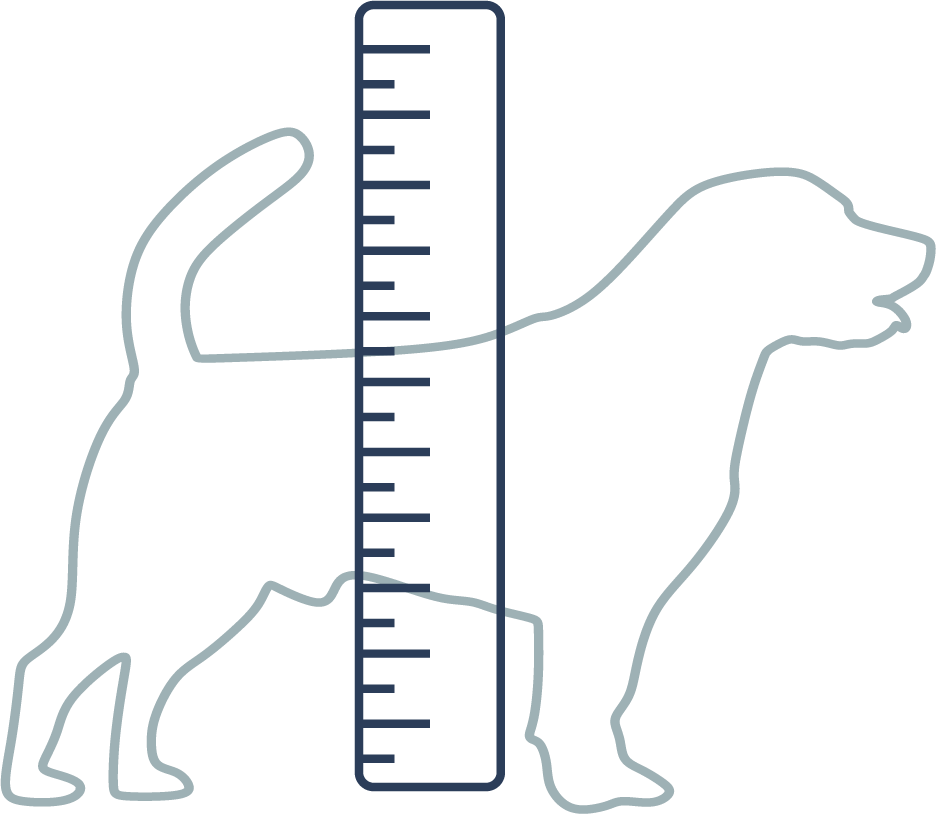


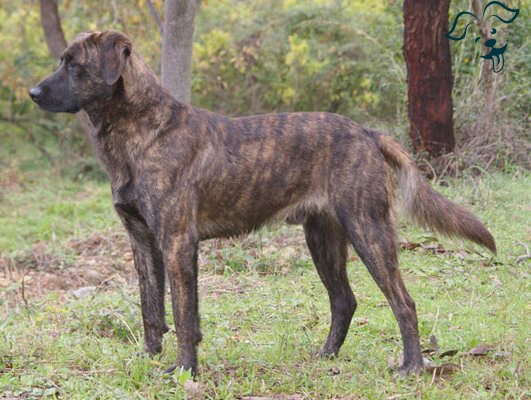
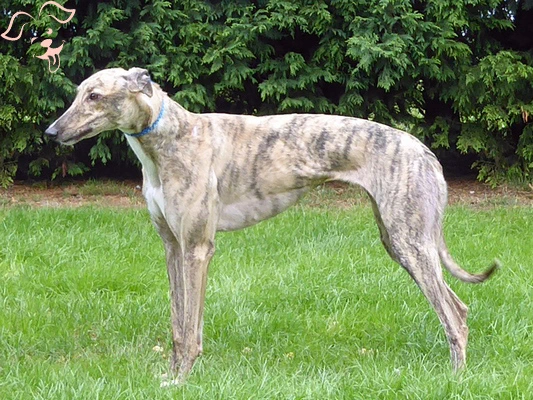
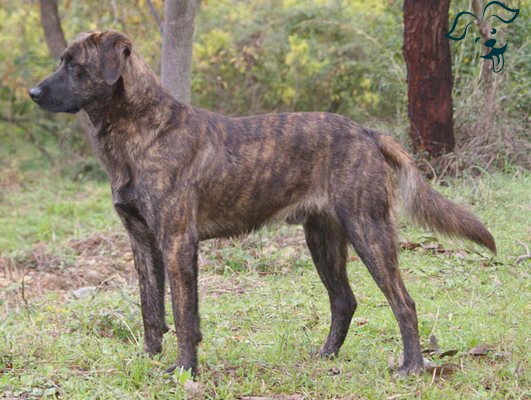
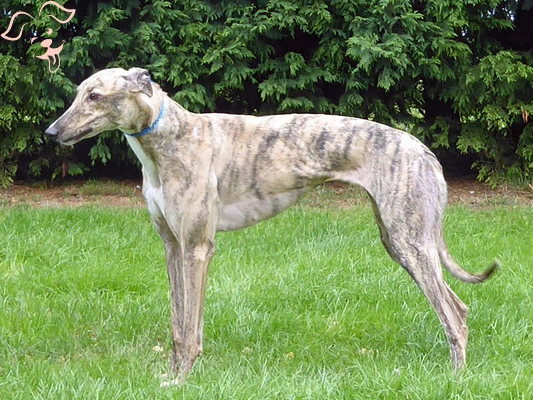







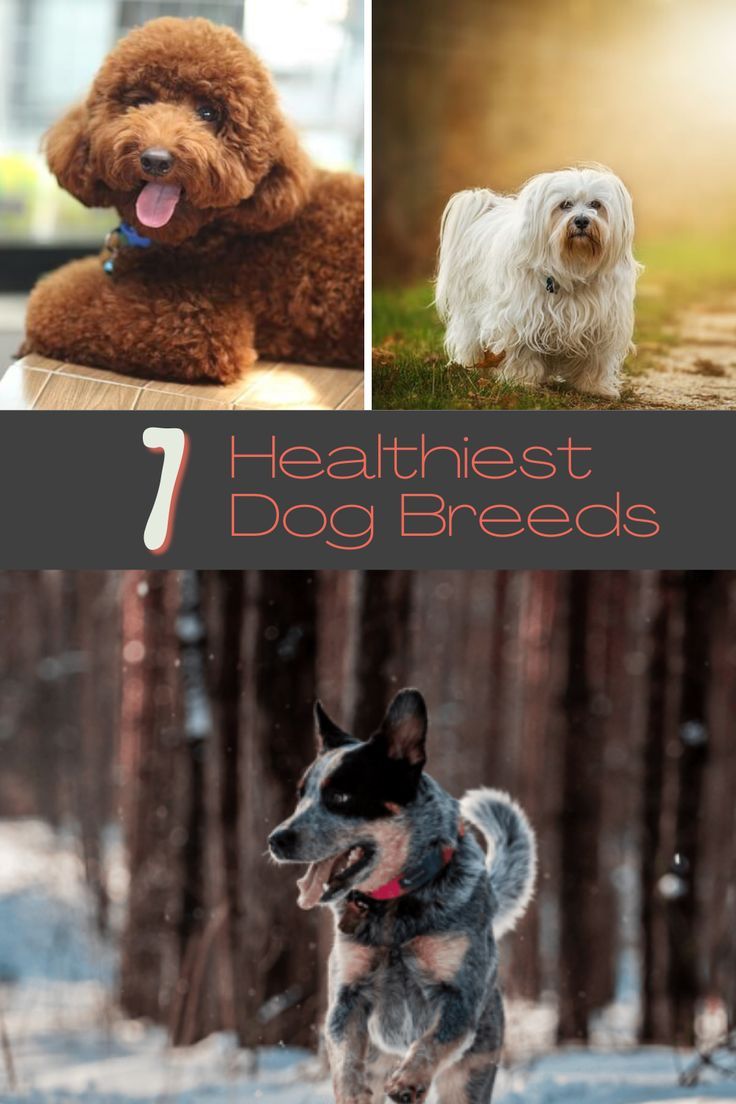

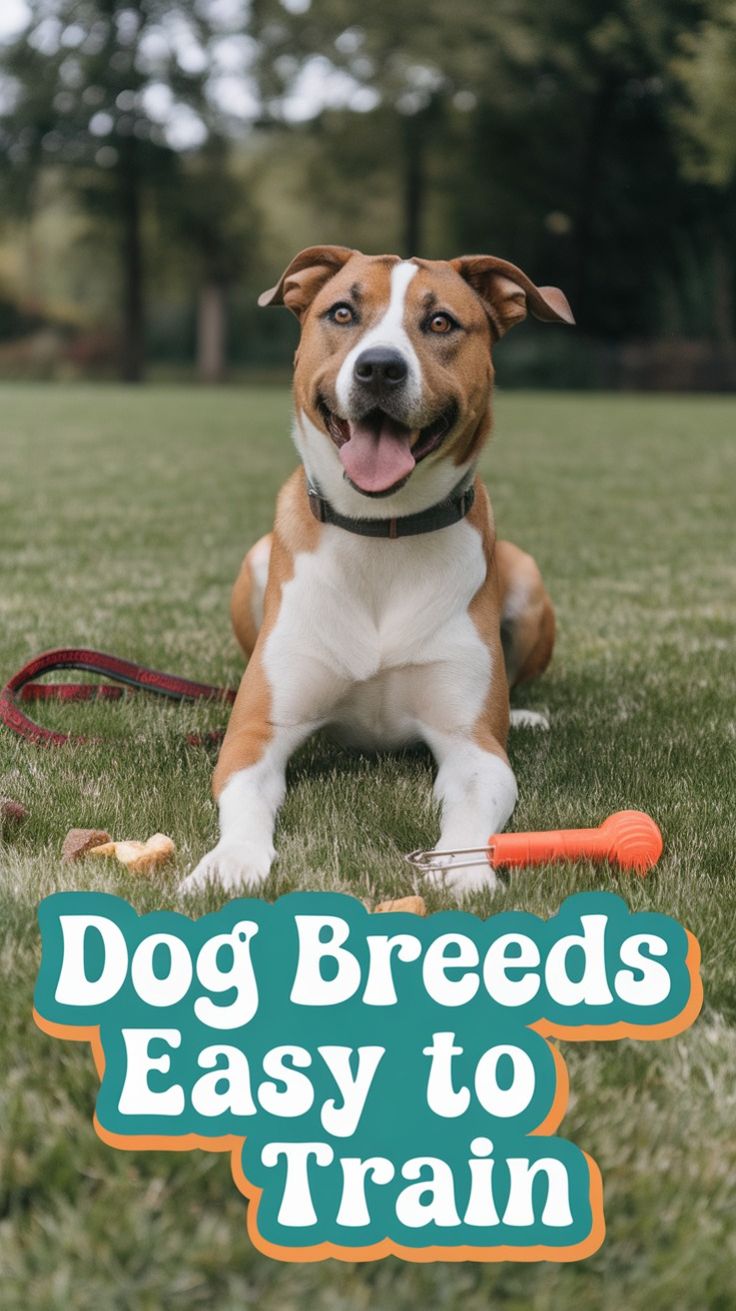
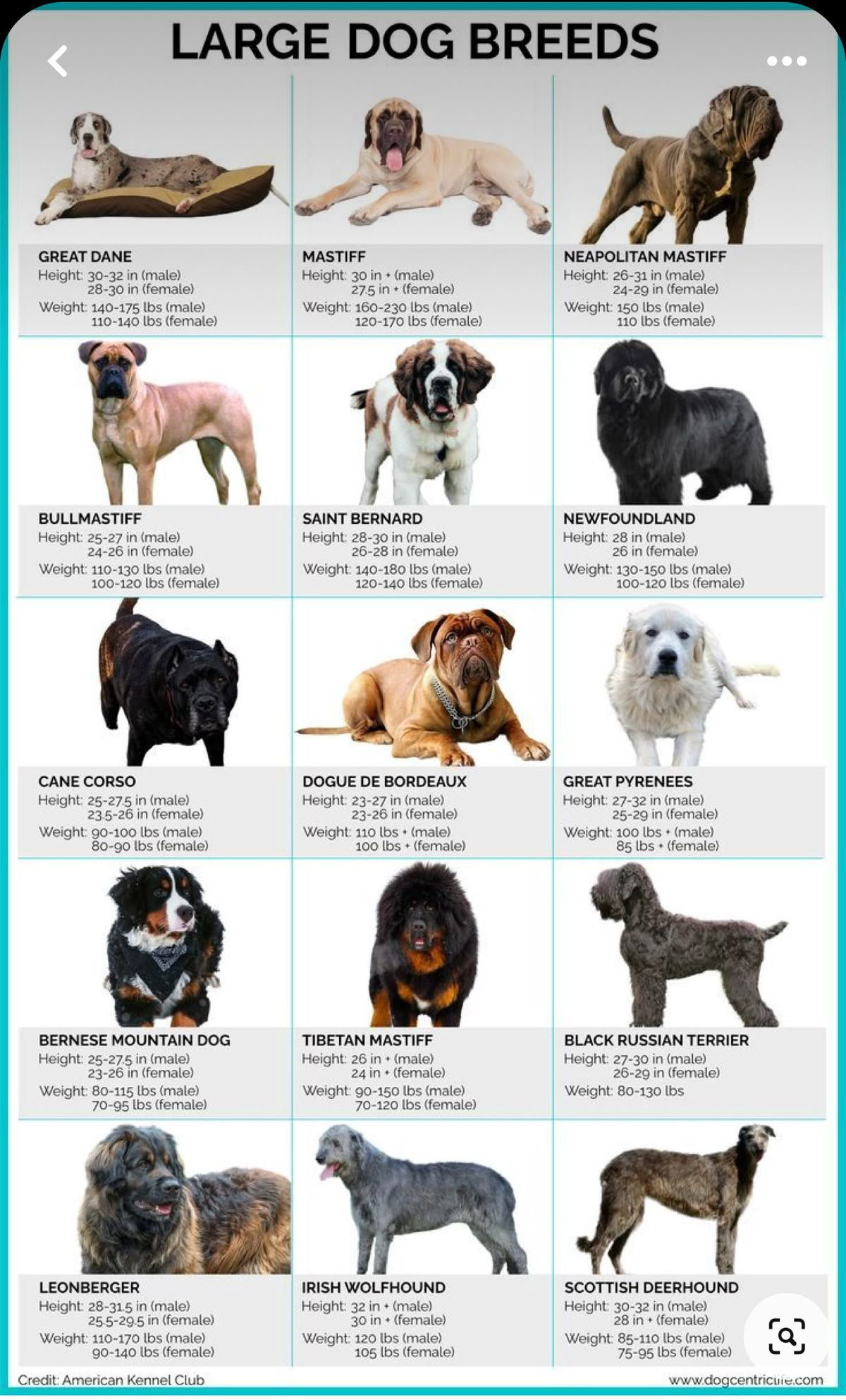






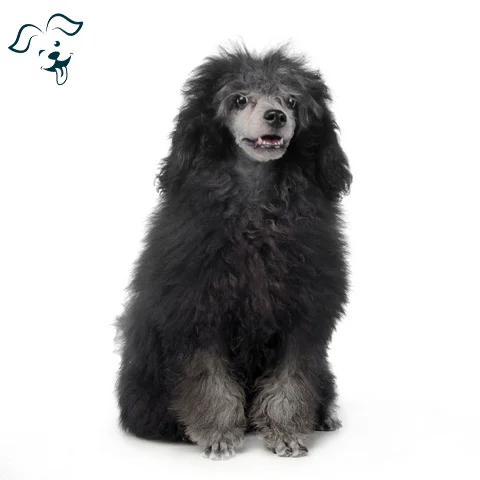

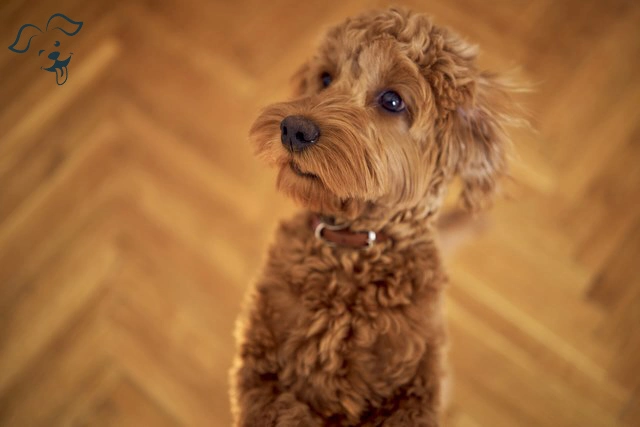
FRIENDLINESS
LIVELINESS
VIGILANCE INTENSITY
ADAPTATION CAPACITY